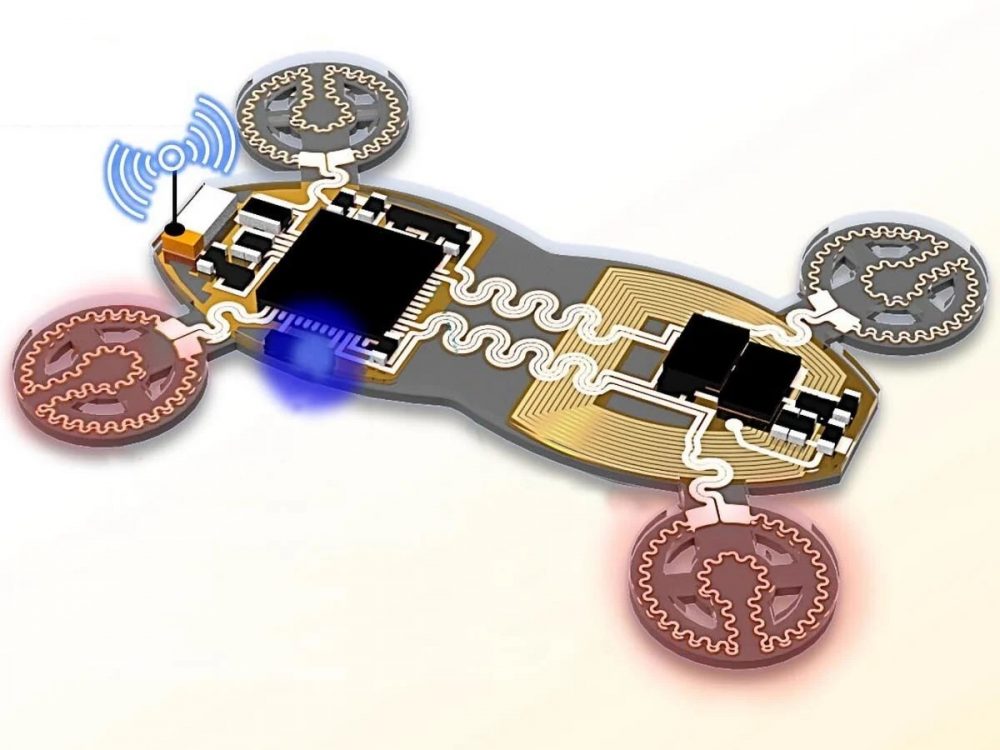The human body is complex. It is full of twists, turns, and tight spaces. That is exactly why scientists are creating a new kind of robot. One that is soft, flexible, and controlled by magnets. This little robot is built to move through the body and deliver drugs exactly where they are needed, no surgery required.
Researchers from Penn State and Korea University are already testing these robots. They combine soft materials with flexible electronics and tiny magnets, allowing them to crawl, twist, and roll through hard-to-reach areas.
These bots could one day save lives in disaster zones or revolutionize the way we treat disease inside the human body.
These Robots are Smarter Than You Think!
Old-school robots are stiff. Great for building cars, not so great inside a body. But soft robots? They bend, stretch, and move more like worms or octopuses. That is why scientists love them for tight spaces, like collapsed buildings or arteries.

Science / Most soft robots depend on someone else controlling them. Penn State's team wanted these bots to think for themselves, at least a little.
That means giving them sensors that read the environment and help guide their next move.
Smarts Built Right Into the Robot
To make that happen, researchers had to rethink how they use electronics. Traditional circuits are rigid and would mess up the robot’s flexibility. Instead, the team spread tiny flexible sensors all over the robot’s soft frame. This keeps it bendy but still functional.
This design lets the robot detect heat, pressure, and even chemical signals. For example, in the human body, it could sense a high acid level in the stomach and release medicine at just the right time.
The Tiny Robot Crawls With Magnets
What really makes this robot different is how it moves. Instead of motors, it has magnetic bits embedded inside. When you change the magnetic field around it, the robot reacts. You can make it bend, roll, crawl - all from a distance. No wires. No batteries.
That magnetic control is a game-changer. It makes the robot lightweight, simple, and more durable. Plus, it can go where machines with wires and motors just can't, like deep inside the body or under tons of debris after a disaster.
But building a robot like this is not easy. The sensors, even though they are flexible, are still much stiffer than the soft material around them. That can make it hard for the robot to move smoothly. The fix? Spreading the electronics out so they don’t bunch up or weigh it down.

The News / Because they are so flexible, they could slip through tight spaces in a collapsed building after an earthquake. With built-in heat or motion sensors, these tiny bots could locate survivors.
Magnetic fields control the robot’s movement, but they can also mess with the robot’s sensors. So the team had to design the layout very carefully. They found a way to block interference without slowing down the robot’s reaction time.
Real Uses to Follow
Now that the tech works, researchers are pushing it toward real-world use. One of the most exciting ideas is the "robot pill." This mini-bot could be swallowed and travel through the body, collecting data or delivering drugs exactly where they are needed.
That means fewer invasive surgeries. Instead of cutting into someone, a doctor might just send in a magnetic robot to do the job. It could move through the gut, look for problems, and treat them on the spot. All without pain, stitches, or a hospital stay.
Because they are so flexible, they could slip through tight spaces in a collapsed building after an earthquake. With built-in heat or motion sensors, they could locate survivors. Even better, they could carry small doses of medicine to help injured people hang on until rescuers arrive.











